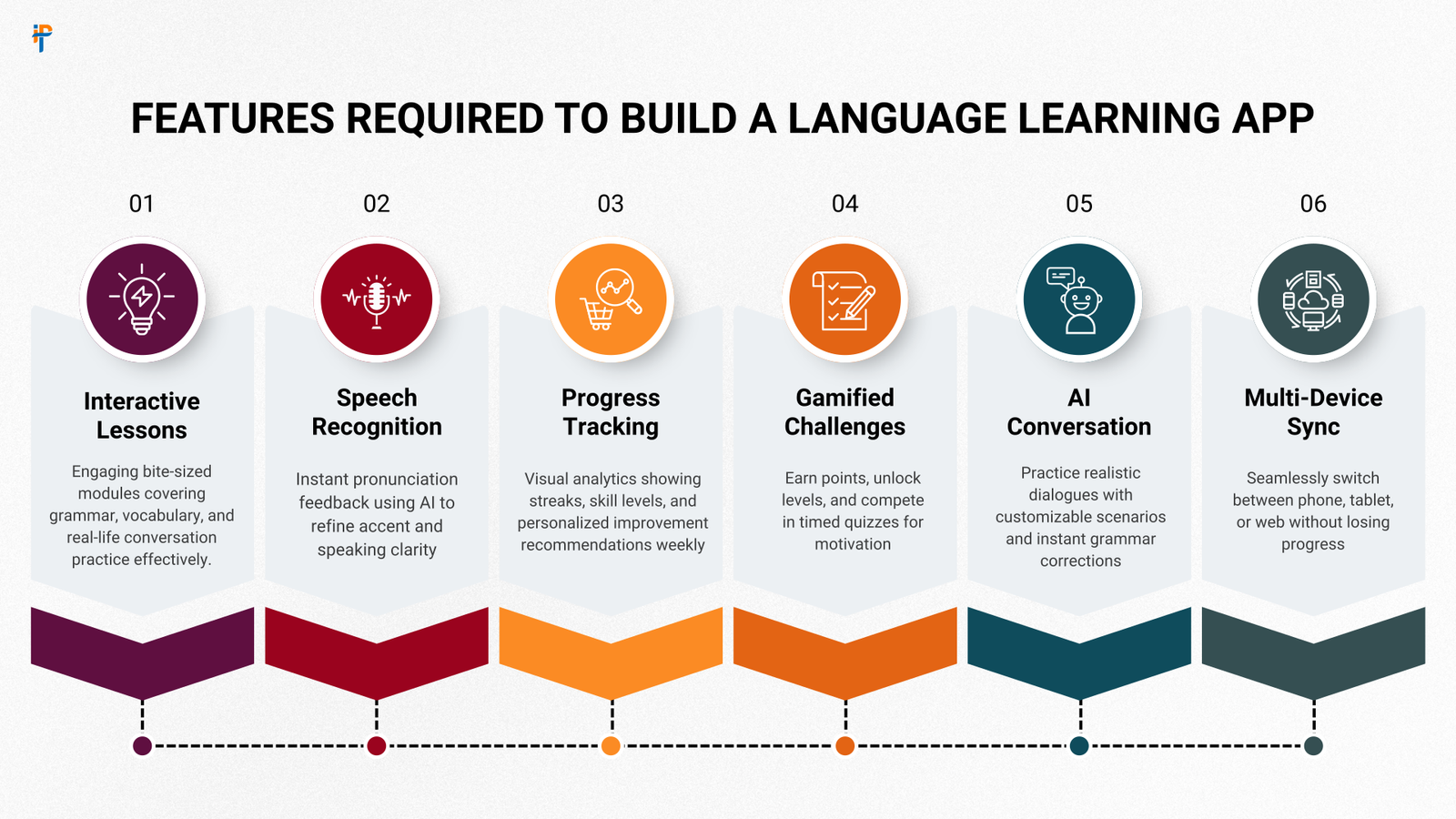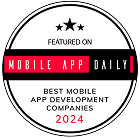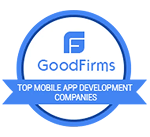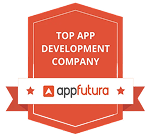Introduction
Duolingo, with more than 500 million users, has revolutionized the way we learn languages. Its colorful interface, interactive lessons, and gamification-driven addiction have raised the bar in the EdTech space. But what exactly does it take to
build a language learning app
like this global leader?
In this comprehensive guide, we’ll walk you through the key steps to build a language learning app—from cost breakdown, must-have features, ideal tech stack, and App development timeline to monetization strategies. Ready to turn your idea into the next big thing in EdTech? Let’s get started!
Why Duolingo Became the Leader in Language Learning
Duolingo succeeded because it created a unique learning experience that was fun, accessible, and free. It disrupted a market dominated by expensive software and traditional classrooms.
Duolingo’s Business Model
Duolingo uses a freemium model. It attracts users with free access, but also offers a premium plan—Duolingo Plus—for ad-free learning, offline access, and bonus features. Revenue also comes from ads, partnerships with schools, and enterprise licensing. This multi-stream model shows how you can build a language learning app that earns well while offering real value.
Unique Selling Points
Duolingo’s gamification is its magic. Users collect XP points, maintain daily streaks, climb leaderboards, and unlock levels—turning language learning into an engaging habit. Add to that a social element like forums and challenges, and you’ve got high user retention. Anyone looking to build a language learning app should consider similar engagement strategies.
Features Required to Build a Language Learning App
To build a language learning app that retains users and delivers real learning outcomes, these features are essential:

User Panel
- Easy Registration: Via email, Google, or social media.
- Personalized Learning Paths: Set goals and track levels.
- Multimedia Learning Tools: Videos, audio clips, and flashcards.
- Gamification Elements: XP points, leaderboards, and quizzes.
- Daily Reminders: Maintain streaks and user habits.
Admin Panel
- Course Management: Create, edit, and manage courses.
- Analytics Dashboard: Track learner progress and behavior.
- Push Notifications: For engagement and reactivation.
- Moderation Tools: Maintain content quality and compliance.
AI/ML Features
- Adaptive Learning: Lessons adapt to performance.
- Speech-to-Text Feedback: For pronunciation practice.
- Smart Recommendations: AI-based tips for improved retention.
Technology Stack to Build a Language Learning App
The right tech stack helps ensure stability, performance, and scalability as you develop a language learning app:
| Layer | Recommended Stack |
|---|---|
| Frontend | Flutter, React Native |
| Backend | Node.js, Django, Laravel |
| Database | PostgreSQL, MongoDB, Firebase |
| AI/ML | TensorFlow Lite, Dialogflow |
| Speech Recognition | Google Speech-to-Text, Amazon Transcribe |
| Hosting | AWS, Google Cloud, Azure |
Duolingo-style App Development Cost
Here’s an approximate breakdown to build a language learning app from scratch:
| Stage | Estimated Cost (USD) |
|---|---|
| UI/UX Design | $3,000 – $6,000 |
| Mobile App (iOS + Android) | $15,000 – $30,000 |
| Backend Development | $7,000 – $12,000 |
| Admin Dashboard | $5,000 – $10,000 |
| AI/ML & Voice Features | $5,000 – $15,000 |
| QA & Testing | $3,000 – $6,000 |
| Launch & Support | $2,000 – $5,000 |
| Total | $40,000 – $84,000 |
Timeline to Build a Language Learning App
A well-structured plan helps you stay on track. Here’s a typical timeline to develop language learning app MVP:
| Phase | Duration |
|---|---|
| Discovery & Planning | 2–3 weeks |
| UI/UX Design | 3–4 weeks |
| Development | 10–14 weeks |
| QA & Launch | 2–3 weeks |
| Total | 4–6 months |
Monetization Models
To make your investment worthwhile, here’s how to earn from the app:
- Freemium Model: Offer basic features free; charge for advanced tools.
- Ads: Monetize free users without hurting the experience.
- Affiliate Language Programs: Partner with institutes.
- B2B Licensing: Sell customized versions to schools or companies.
Cost-Saving Tips While You Build a Language Learning App
- Start with an MVP: Launch with core features and expand.
- Use Open-Source Tools: Reduce development time and cost.
- Go Cross-Platform: Flutter cuts down development effort by half.
- Offshore Development: Work with expert teams in cost-effective regions like India.
ROI & Market Opportunity
The global EdTech market is projected to reach over $400 billion. Gamified apps like Duolingo show high retention and recurring revenue, making it the perfect time to develop a language learning app. Plus, multiple monetization models increase profitability.
Common Mistakes to Avoid
- No Real-Time Analytics: You’ll miss key user insights.
- Complex UI/UX: Overcomplicating the app reduces usage.
- Weak Speech Recognition: Hinders learning experience.
- No Offline Mode or Accessibility: Excludes large user segments.
Why Choose IPH Technologies to Build a Language Learning App?
- 10+ Years of App Development Experience
- Specialized in EdTech, Gamification & AI
- Full-Service Model – From Idea to Launch
- Proven Track Record with Global Clients
We don’t just develop a language learning app—we create digital learning ecosystems tailored for success.
Ready to Build a Language Learning App?
Creating a Duolingo-like app is a bold but achievable mission. With the right team and vision, you can build a language learning app that changes the way people learn around the world.
Book your free consultation with IPH Technologies and let’s turn your vision into reality!













.png)


